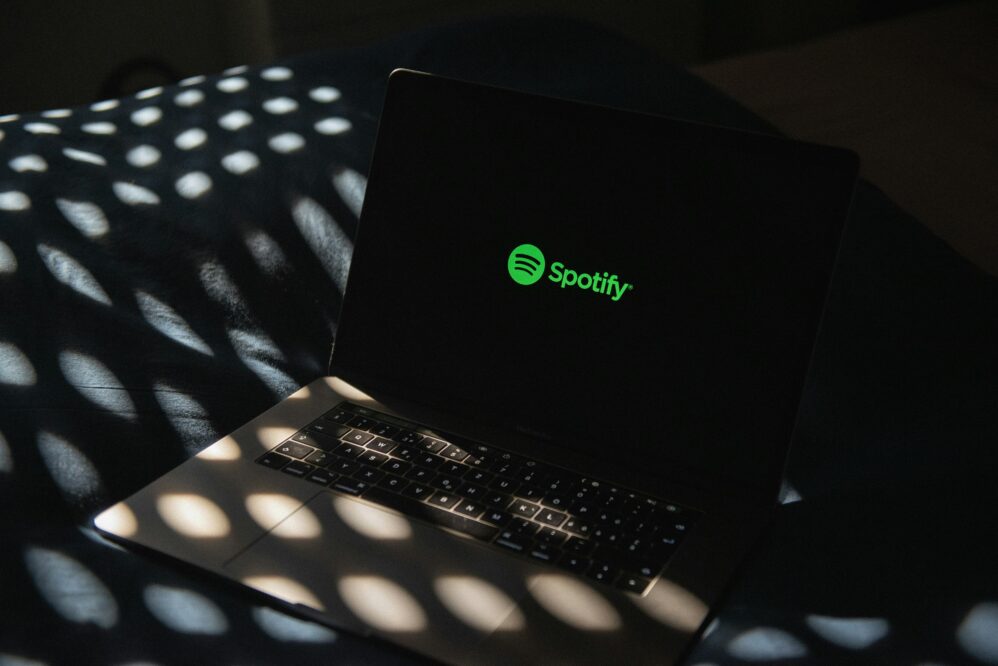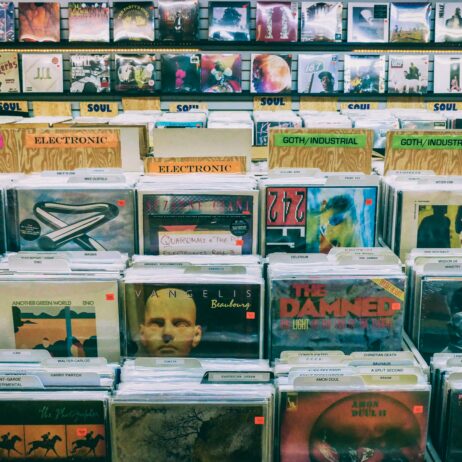English music’s dominance is diminishing on Spotify

Spotify, the leader in music streaming, has once again published its annual Loud & Clear report. Its most interesting data concerns the linguistic diversification of music and the shift away from English, which has dominated popular music for generations.
Of Spotify’s 10,000 most streamed songs, 54.9% were in English in 2023, down almost 7% from 2022 and 5% from 2021.
If the same pace continues, by next year English-language tracks will have dropped from two-thirds to less than half in just three years.
More than half of the artists who earned more than $10,000 on Spotify last year are from non-English-speaking countries. The most popular languages are Spanish, German, Portuguese, French and Korean. Hindi, Indonesian, Punjabi, Tamil and Greek also grew in popularity.
In a separate report released earlier this month, Spotify said that global consumption of Indian music has grown by more than 2,000% in the five years Spotify has been operating in the country. In 2023 alone, global consumption of Indian music grew by 85% year-on-year.
While music is becoming more linguistically diverse in English-speaking countries, the popularity of local music is growing in non-English-speaking countries. The most striking example of this phenomenon, known as glocalisation, is the explosion of Latin music in Latin America, which was also reported by Gramex in January. The popularity of K-Pop and Afrobeats are also the result of this phenomenon.
Glocalisation can also be seen in Europe: in Germany and Finland, eight out of ten of the most listened-to artists in 2023 were local. In France, Italy, Sweden and Poland, the most popular artists were at least half or more local.
The Loud & Clear report also highlighted Spotify’s leading position in the music streaming market. Last year, Spotify paid a record-breaking $9 billion to the music industry. 66,000 artists earned ten thousand dollars or more, compared to 23,400 in 2017. 11,600 artists earned more than 100,000 dollars, and 1,250 artists earned more than a million dollars.
For the first time ever, half of the payments, around $4.5 billion, went to independent artists and artists signed to independent labels. The number of artists earning more than $1,000 has nearly tripled since 2017, according to Spotify.
On the other hand, Spotify changed its royalty model at the beginning of the year. A single song now needs to reach at least 1,000 streaming plays before an artist is eligible for a €3-5 royalty.




